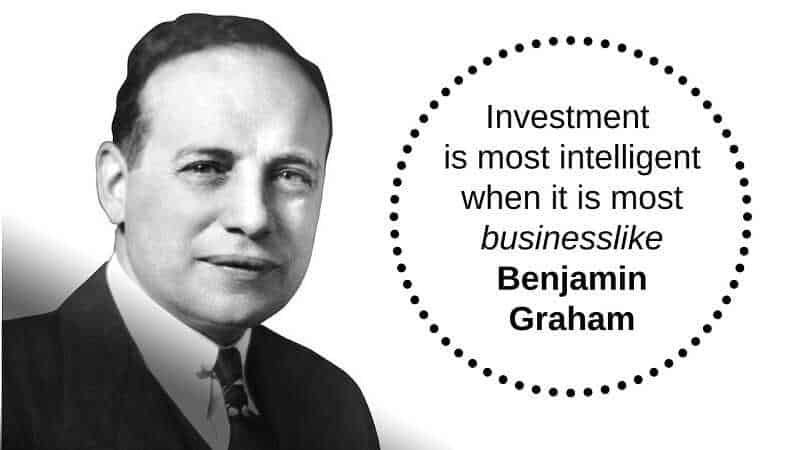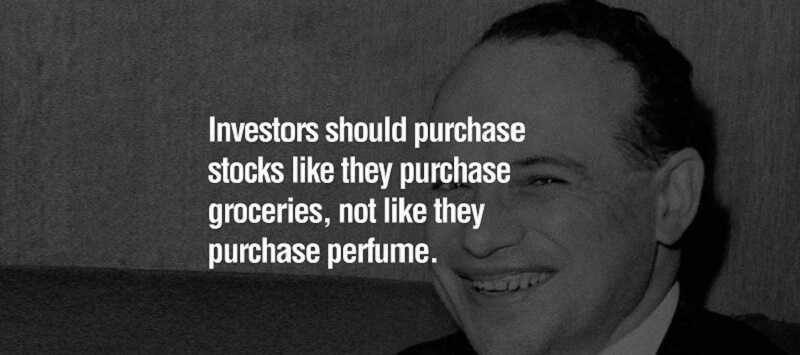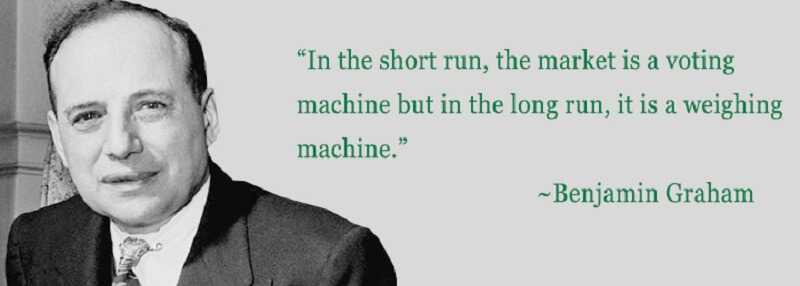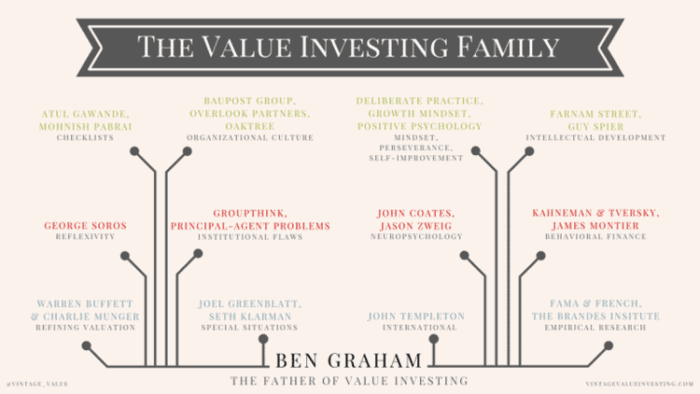
The definition of GARP stock can vary but is based on the P/E to PEG ratio, which divides the P/E ratio by the growth rate.
What is GARP or longer, Growth At a Reasonable Price? Growth at a reasonable price or short GARP is an investment strategy. This strategy unites the principles of both growth and value investing. How does it do that? When you find the companies that have consistent earnings growth but don’t sell at too high valuations. This term was introduced by investor Peter Lynch.
While combining principles of growth investing and value investing it serves traders to pick individual stocks. GARP investors look for companies with steady earnings growth that is higher than market levels. That means they are eliminating companies that have very high valuations. The general goal is to avoid the extremes in any type, growth, and value investing.
GARP investors invest in growth stocks but such that have multiples low price/earnings (P/E) in average market conditions.
What is GARP Investing?
GARP investing or growth at a reasonable price is a combination of value and growth investing, as we said. GARP investors seek companies that are slightly undervalued but with sustainable growth potential. Their criteria are almost the mixture of those that the value and growth investors use. Stable earnings growth is still on top position as one of the most important features but also valuation has a great influence on whether they pick a particular stock or not.
Building such a portfolio that consists of “Growth At a Reasonable Price stock” isn’t just picking the stocks with an equivalent amount of growth and value. The point is to choose the stock that each has qualities of both, value and growth.
Aggressive growth investors never pay too much attention to the value of the stock. Here are some reasons why they should consider the value of the stock. Let’s say that growth investors profiting from stocks with excellent earnings growth. Such companies are beating all earnings estimates all the time. Do they have any guarantee that the companies will resume performing with success and how long? They could make a profit only if the company proceeds to generate high profit and grow constantly. But what will happen if it stops to do so?
Here we have the value in the scene. Value is important to understand the level of investors’ expectations related to the particular stock. Also, value is helpful to gauge how far some growth stock could drop if it starts to sink. To put this simple, value adds a portion of reasonable thoughts and exact estimates into the calculation.
How does GARP work?
A basic formula for finding GARP is the PEG ratio. It is aimed to measure the balance between growth and value. The optimal PEG ratio should be one or under the one.
Here is how it works. Let’s say the company is trading at $50 per share with EPS forecasted to rise for15% over the year.
P/E ratio = $50/$5 = $10
PEG ratio = 10/15 = 0,66
This PEG which is less than 1, makes this company a good candidate for GARP.
Why does Growth At a Reasonable Price matter?
This could be an added explanation of what is GARP. GARP helps investors to avoid the possible problems or traps that they may have with complete investing in growth or value stocks. If growth stocks rise too high they may create a bubble that could burst in a minute. On the other hand, value stocks can stay the same in the price for a long time. With GARP investors could find the golden middle zone. The investment stability where they can benefit from rising prices of growth stocks but, at the same time, they’ll be protected with value stocks if the growth starts to fall.
Some may say that GARP stocks will underperform growth stocks in a growth market. Also, such will notice that GARP stocks will underperform value stocks too but in the value market. Despite these criticisms and objections, GARP could easily outperform in combined markets and could do it over a long time.
What is a GARP strategy?
It is a mixed approach to growth and value stock-picking. This kind of investor obtains a combination of returns. In other words, the GARP investing strategy is hybrid.
In GARP investing it is necessary to look for low price/book ratios and a PEG ratio of less than one, as we said.
P/B ratio = current price/book value per share
PEG ratio = P/E ratio/predicted growth in earnings
We said a GARP investor will obtain a combination of returns. This actually means, when markets are dropping it is better for value investors. Hence, markets are rising. It is better for growth investors. On the other hand, GARP investors could benefit from any market condition because they are somewhere between the mentioned types of investors but unite characteristics of both.
What is it in essence?
Growth At a Reasonable Price investing doesn’t have inflexible limits for adding or eliminating stocks. The basic benchmark is the PEG ratio. The PEG presents the ratio between a company’s valuation (P/E ratio) and its required earnings growth rate for the next several years, for example. If stocks have a PEG of 1 or less, that means the P/E ratio is in line with predicted earnings growth. This helps to find a stock that is trading at a reasonable price.
During a bear market or other declines in stocks, the returns of GARP investors could be higher than the growth investors can get. However, in comparison to the value investors, GARP investors may have average or under average returns. But since GARP investors hold stocks with characteristics of both growth and value stocks, the average returns they get is higher than average returns for growth and value investors can get from their investments separated.
Bottom line
GARP stocks are picked by a joining of earnings growth and valuation when investors want to evaluate the right picks. The idea behind this is to recognize cheap stocks with a growing possibility in the future. Hence, the earnings growth of GARP stocks is notable above that of the market.
GARP is the abbreviation for “growth at a reasonable price” and represents truly a combination of value and growth investing. So, GARP investors seek for a stock that is trading for somewhat less than its predicted value but has earnings growth potential. GARP stocks are slightly lowered but can grow soon. So, what is GARP? It’s all about how to find stocks that have a future.















 If you understand the terms overvalued and undervalued you will find plenty of stocks that look cheap
If you understand the terms overvalued and undervalued you will find plenty of stocks that look cheap
